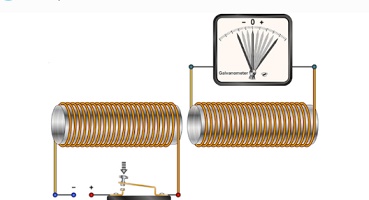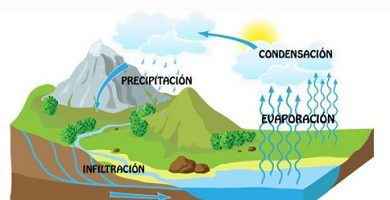What are the aggregation states of matter?
We explain what are the states of aggregation of matter, how they can be classified and some characteristics of each.
-
What are the aggregation states of matter?
When we talk about states of aggregation of matter, we refer to the different phases or ways in which it is possible to find known matter , whether they are pure substances or mixtures , and that depend on the type and intensity of the attractive forces between the particles that make up this matter (such as atoms , molecules , etc.).
Three states of aggregation of matter are mainly known: the solid state , the liquid state and the gaseous state . There are also other less frequent ones, such as plasma state or fermionic condensates, but these forms do not occur naturally in the environment.
Each of the aggregation states thus has different physical characteristics , such as volume , fluidity or resistance, although it does not imply a real chemical difference between one state and another: solid water (ice) and liquid water ( water ) are chemically identical.
Matter can be forced to move from one state of aggregation to another, just by altering the temperature and pressure in which matter is found. Thus, liquid water can be boiled to bring it to a gaseous state (steam) or it can be cooled enough to bring it to the solid state (ice).
These procedures for transforming a state of aggregation of matter into ortho are usually reversible, although not without some margin of loss of the substance. The best known processes are the following:
- Vaporization or evaporation . Heat (heat energy) is introduced into a liquid substance, whose particles are held together in a close but lax, fluid manner, and they are vibrated much more rapidly, increasing the space between them and thus obtaining a gas.
- Condensing . It is the reverse process to the previous one: caloric energy (cold is added) to gas is removed, to force its particles to move more slowly and approach each other, thus obtaining a liquid back.
- Liquefaction. If it is subjected to a gas at very high pressures, it is possible to obtain a liquid from it, without varying the temperature at which it is found. It is a parallel process to condensation.
- Solidification. Again: by removing heat energy (adding cold), the particles of a liquid can be approached and slowed down further, to make them build strong, resistant structures that determine a solid. These structures can be crystalline or of another nature.
- Fusion. The process contrary to solidification: caloric energy (heat) is added to a solid object, whose particles are closely connected and therefore move little or very slowly, and can be melted until it flows and becomes a liquid, less while it lasts at a certain temperature.
- Sublimation . Upon receiving caloric energy, certain solids can quickly mobilize their particles until they detach from themselves, thus becoming gas without first passing through the liquid state.
- Deposition or crystallization . The opposite case to the previous one: by losing or being withdrawn its caloric energy to a given gas, it is possible to make its particles group and become solid crystals, without first going through the liquid state.





